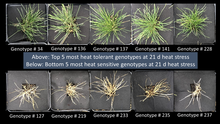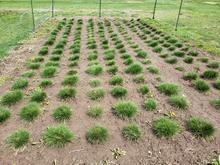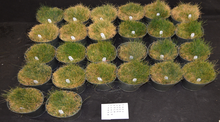Rapid detection of fine fescue root diseases
By Ming-Yi Chou, University of Wisconsin-Madison
Summer patch is a common and devastating fungal disease of fine fescues. Many major turfgrass species are susceptible to summer patch. A more thorough description of summer patch disease and the causal agents have been previously discussed. As mentioned in the articles, summer patch can be caused by several closely related fungal species and their microscopic structures are similar making it difficult to diagnose and apply targeted treatments.





